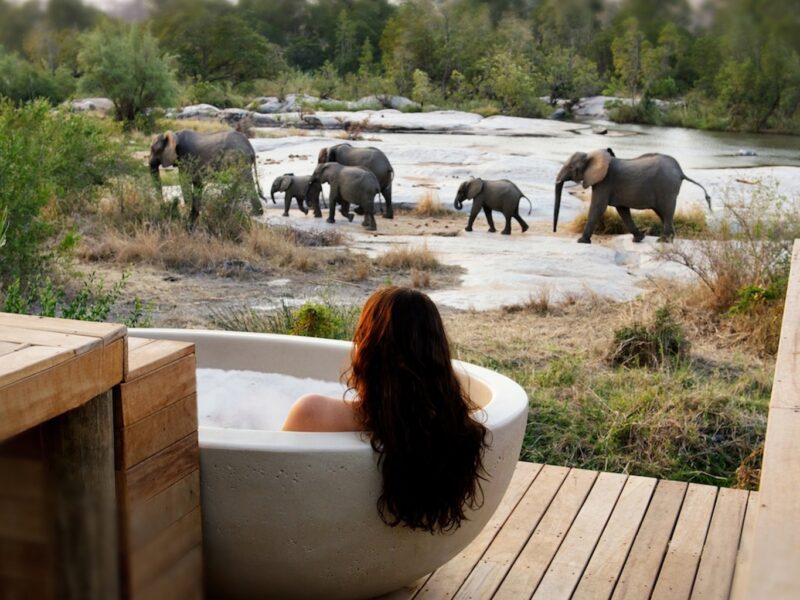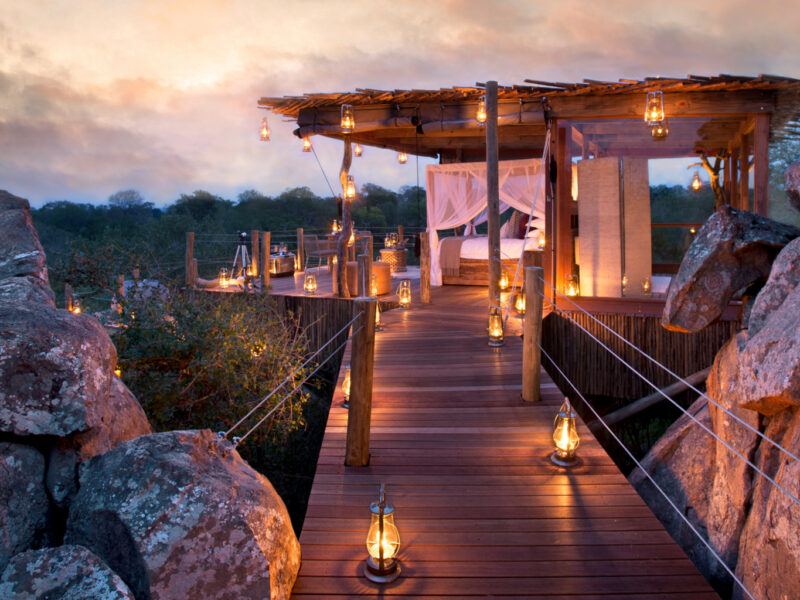Serengeti Migration – Where to Stay in July
July in the Serengeti is a time of anticipation, intensity, and breathtaking encounters. Staying in the northern Serengeti places you at the crossroads of movement and survival, where every sunrise might reveal a river crossing and every drive brings you closer to the heartbeat of Africa’s most iconic wildlife journey.
July marks the beginning of one of the most anticipated chapters of the Great Migration—the Mara River crossings. This is the time when the herds surge into the northern Serengeti, having made their way from the central regions, and begin to gather around the Mara River in the Kogatende and Lamai Wedge areas. The drama of July lies not only in the movements of the herds but in the intense build-up to the river crossings, where thousands of wildebeest hesitate at the water’s edge while crocodiles lurk beneath the surface and predators watch from the hills.
The Northern Serengeti: Positioning for Crossings
In July, the migration is mostly concentrated in the north-central and northern Serengeti, especially around Kogatende, as the herds prepare to cross into Kenya’s Masai Mara. While not as frantic or frequent as in August or September, the crossings do begin in earnest this month, often building up in scale as more and more wildebeest arrive. This transitional phase makes July a fascinating time to stay in the region, as you witness the tension of the waiting herds, scattered crossings, and the gathering predator activity that follows.
Staying in the northern Serengeti gives you a front-row seat to the unfolding spectacle. The landscape here is defined by rolling plains, rocky outcrops, and the winding Mara River—a perfect theater for this wildlife drama. With fewer crowds than across the border in the Masai Mara, the northern Serengeti offers a more exclusive and immersive experience.
Ideal Camps and Lodges in July
To fully appreciate the migration in July, choose a camp or lodge positioned along the Mara River or within close reach of key crossing points. Excellent options include Sayari Camp, Lamai Serengeti, Mara River Tented Camp, and a variety of mobile camps that shift with the herds to stay as close to the action as possible. These camps not only offer proximity to the migration but also high-quality guiding, intimate safari experiences, and luxury amid the wilderness.
Mobile camps in particular excel in July because they are strategically relocated to follow the pulse of the herds. Their flexibility ensures you’re never too far from the migration, and many guides can take you to multiple potential crossing points in a single day.
Why July Offers a Unique Experience
The weather in July is cool and dry, with crisp mornings and sunny days. The dry season has set in, which means wildlife gathers around remaining water sources, making for concentrated game viewing. The grass is shorter, enhancing visibility for photographers and improving predator sightings. Lions, leopards, and cheetahs are highly active, often seen stalking prey as the migration passes through.
July also avoids some of the peak-season crowds of August, making it a great option for travelers who want to see the migration with a bit more breathing room.




